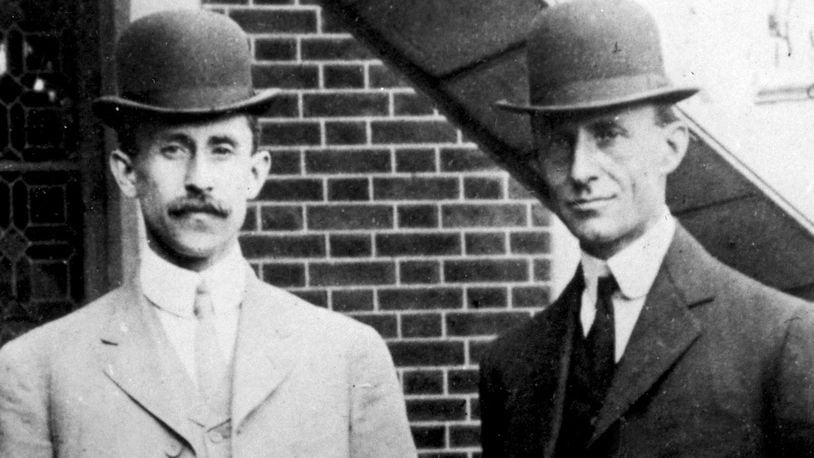“These are symbolic or emblematic structures in that they contain a story of importance not just to this community but to the country and to the world,” McCullough says in the video. McCullough, author of the 2015 book The Wright Brothers, visited Dayton this year to talk about the best-seller and Dayton’s famous native sons.
As envisioned, visitors to the site would see a restored version of what aircraft making looked like in the factory at West Third Street near Abbey Avenue more than a century ago.
“I want to see what it was really like and I think the only way you can do that is to make this place as real as it was and bring it back to its original space,” Wagstaff says in the video. The aerial acrobatic champion who has won numerous awards is a frequent performer at the Dayton Air Show.
Timothy Gaffney, NAHA spokesman, said the organization was “honored to have people of such stature” back the preservation initiative.
“They did this voluntarily,” he said. “They weren’t paid. The messages were not scripted.”
NAHA has raised about half of the money needed. The state has contributed more than $1 million, and the city of Dayton has pledged $500,000. The group has targeted purchase of the property by the end of the year.
In June, the Dayton Metro Library announced a $10 million plan to build a 24,000-square-foot library branch on seven acres of the property. The new library would replace two others.
Among other plans, the alliance would sell seven acres to the Dayton Metro Library and sell Buildings 1 and 2 to the National Park Service. The goal is also to bring commercial and industrial investment to the old manufacturing brownfield.
About the Author
